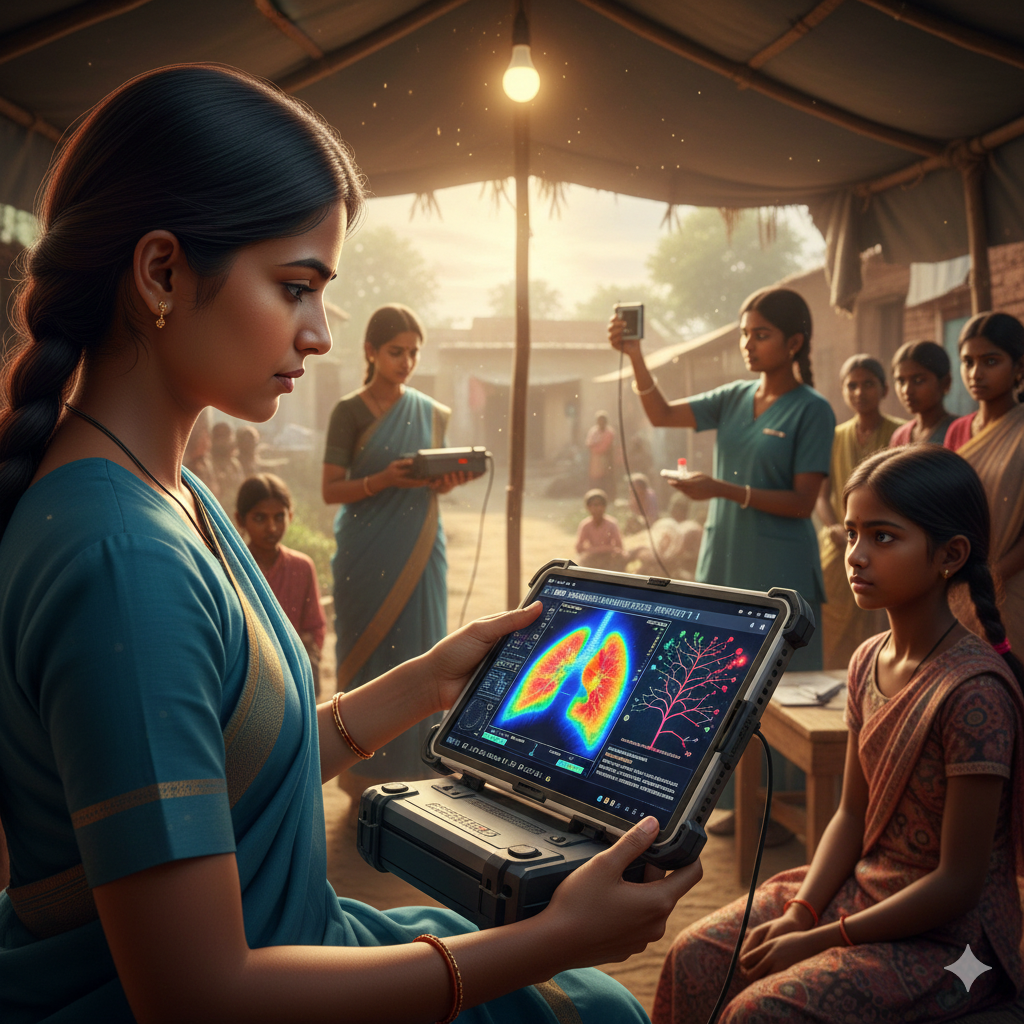The field of medicine in 2025 is undergoing a historic transformation, driven by two converging forces: precision genetics and advanced Artificial Intelligence (AI). The promise of moving beyond symptom management to curative therapies is becoming a reality, largely through the evolution of CRISPR-Cas9 technology.
CRISPR Therapeutics are now moving swiftly from clinical trials to approved treatments. While the initial focus was on simple gene correction, researchers have now propelled the technology forward with base editing, prime editing, and epigenetic modulation. This allows for highly precise modifications to DNA, silencing harmful genes, correcting mutations, or introducing protective changes in cells. This marks a new paradigm for treating a broad range of diseases, from genetic disorders and viral infections to complex autoimmune conditions and oncology. CRISPR is also being used to engineer more potent and less toxic CAR-T therapies for cancer by incorporating genetic “safety switches.”
Simultaneously, AI is becoming the intellectual engine of drug discovery and early diagnostics. AI-powered precision medicine is tailoring treatments based on an individual’s unique genetic makeup, lifestyle, and environment. Smart algorithms can now analyze complex health data to predict complications from chronic conditions, such as diabetes, years before they manifest, enabling proactive interventions. One particularly exciting advancement combines nanomedicine and AI to detect “hidden” disease markers—tiny protein changes in the blood that current methods often miss—offering the potential for the earliest possible detection of conditions like cancer and cardiovascular disease.
Other innovations, such as Brain-Computer Interfaces (BCIs), are making strides in neurodegenerative care, allowing paralyzed individuals to control robotic limbs with their thoughts. Furthermore, 3D bioprinting has moved from a lab concept to clinical promise, with scientists successfully creating complex vascularized organ tissues, and advanced synthetic “mini-hearts” that are being used as highly accurate models to test new cardiovascular therapies. These breakthroughs signal a future where medicine is personalized, preventive, and ultimately, curative.700 701 702 703 704 705 706 707 708 709 710 711 712 713 714 715 716 717 718 719 720 721 722 723 724 725 726 727 728 729 730 731 732 733 734 735 736 737 738 739 740 741 742 743 744 745 746 747 748 749 750 751 752 753 754 755 756 757 758 759 760 761 762 763 764 765 766 767 768 769 770 771 772 773 774 775 776 777 778 779 780 781 782 783 784 785 786 787 788 789 790 791 792 793 794 795 796 797 798 799 800 801 802 803 804 805 806 807 808 809 810 811 812 813 814 815 816 817 818 819 820 821 822



